The House That Jack Built
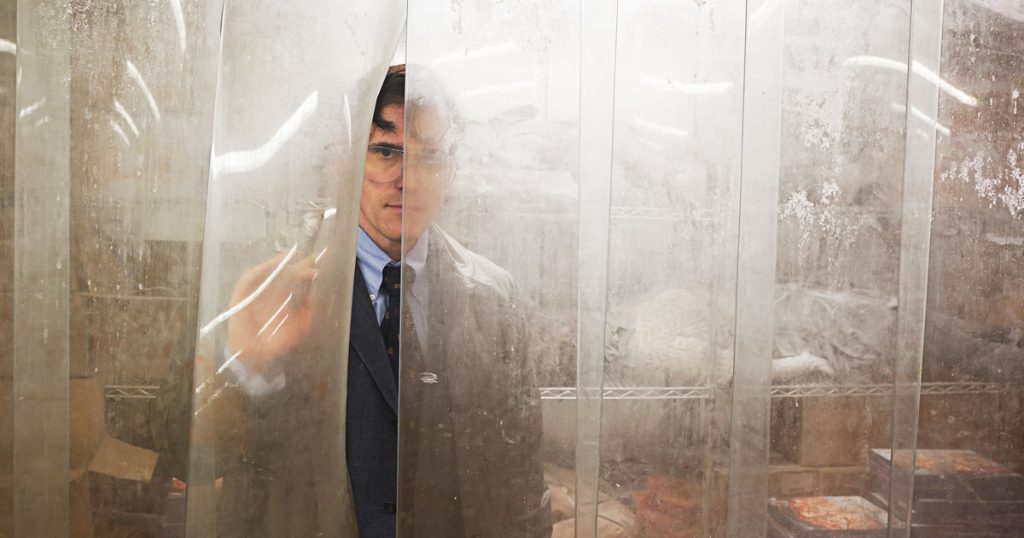
Danish director Lars von Trier’s latest film is a distasteful thriller that launches a harrowing exposé of a fictional serial killer called Jack (Matt Dillon). The movie recounts each sordid murder as though they were triumphs of art, and one by one the grotesque masterpieces escalate in their composition until they engulf and subsequently unhinge the perpetrator himself.
Through his use of biblical symbolism, references to Blake’s poetry and historical, iconic imagery, we know Jack is intellectually brilliant. He coverts a superior tone as we are invited to follow his “Work”, which spans over 12 consecutive years. The narration is solely between him and and a man called Verge, a figment of his imagination, but played out like a conversation with his psychiatrist. Jack places his kills into five clear sections of which we are then privy to the highlight murder from each of those categories.
The protagonist is introduced as a horn-rimmed glass-wearing geek. His steely glare and pan-faced lack of emotions deliberately stereotype him from the start. The encounter with his first female victim (Uma Thurman) compounds this with her throw-away comment, “You look like a serial killer”, and The House That Jack Built starts to feel like a film based on urban-folklore clichés. Persuading him to help with her broken down car, the woman’s coquettish behaviour is lost on apathetic Jack, and when her irritating teasing and antagonistic pokes start to grate on him, even the viewer feels, in part, some relief when he ends it all by clobbering her to death with her own car jack.
Jack’s unstable psyche only starts to unravel through his second victim. A self-confident ad-libbed sales pitch gains her trust and him access into her home, but after her bloody murder, the killer suffers a manic bout of OCD over clearing it up and Von Trier’s thriller sort of stops being quite so formularised.
The character’s third and fourth highlights are probably the most sadistic. A day spent hunting with his girlfriend and her two kids ends in a sinister picnic, and then his next girlfriend falls for his charms before he chops off her breasts and fashions one into a wallet for himself. Hardly the stuff of fairytales.
Storing all his bodies in a walk-in freezer, Jack manipulates their agile limbs into contorted poses before rigour mortis sets in. Then he compiles a montage of photographs from each of his kills. Von Trier’s careful camera work lingers on the injuries, or pans up and down the victim so we really absorb the efforts this murderer has made. When the police finally track him down, Jack has a dangerous epiphany and arranges each body into the shape of a house, (cue part five), proudly and perversely declaring it his ultimate triumph: “The house That Jack built”. Verge appears again and takes us down a fictitious path to hell where a Dantesque inferno brings the story to a close.
It’s nasty, its gory, and it might make audiences nauseous, but, for the most part, The House That Jack Built trespasses on a well-trodden path of predecessors like Seven or Silence of the Lambs. Certainly, once the viewer convinces themselves it’s all just a series of fake-bloodied mannequins, they can bypass the moment they simply want to turn the movie off and enjoy it as the latest controversial beast of a film it is…
Ezelle Alblas
The House That Jack Built is released in select cinemas on 14th December 2018.
Watch the trailer for The House That Jack Built here:

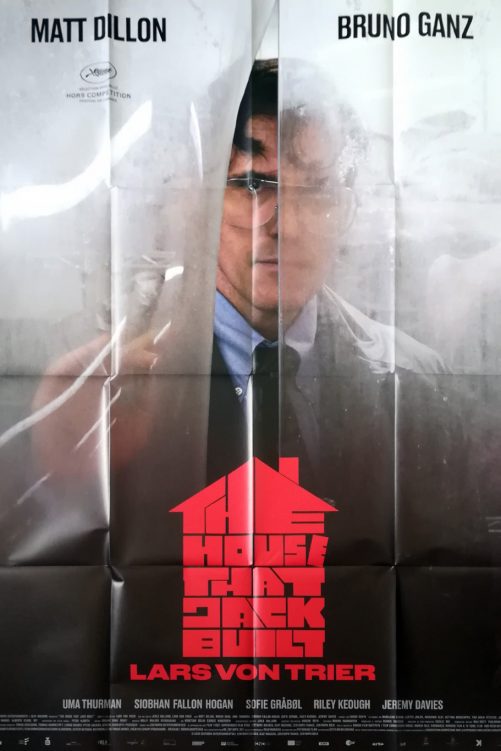
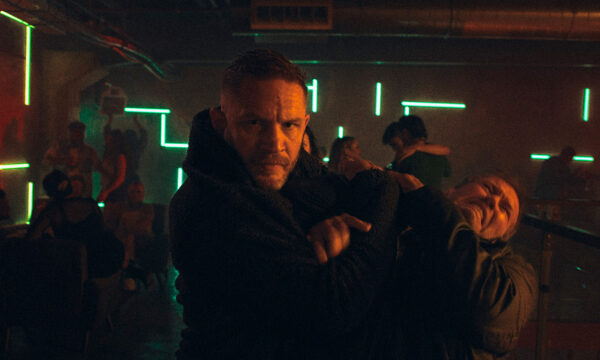
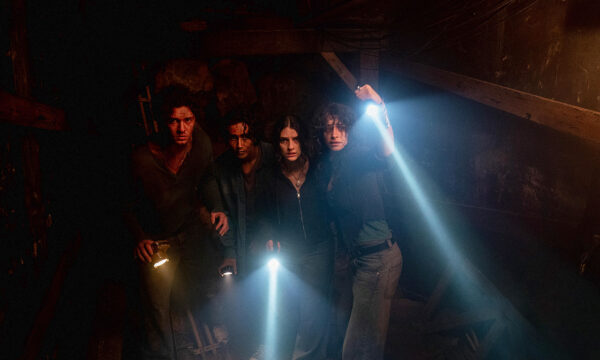
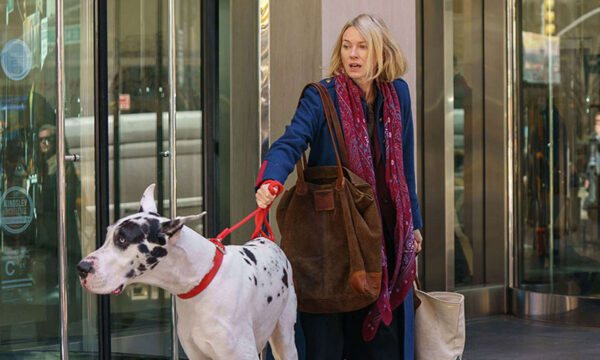
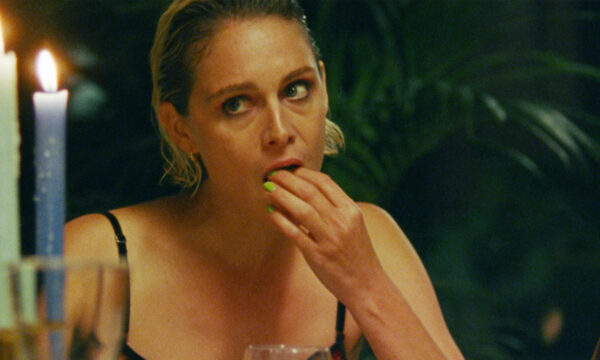
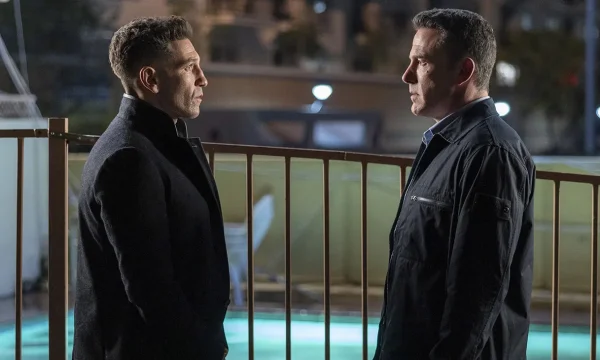
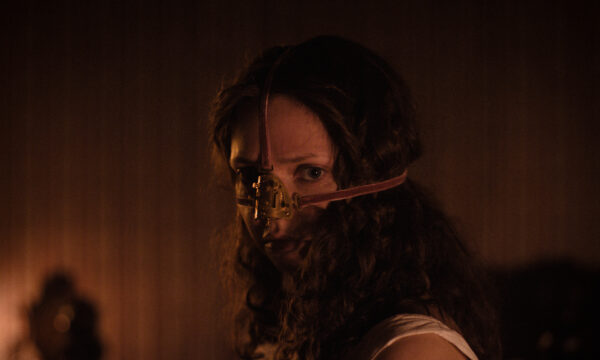
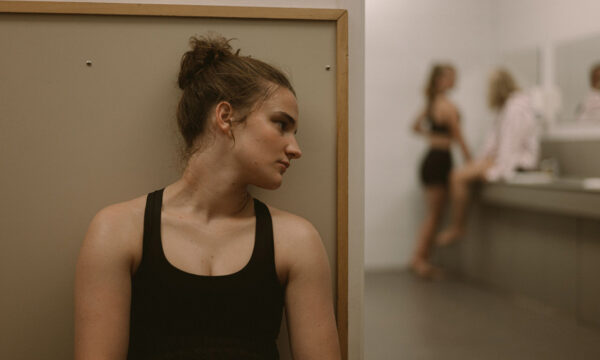
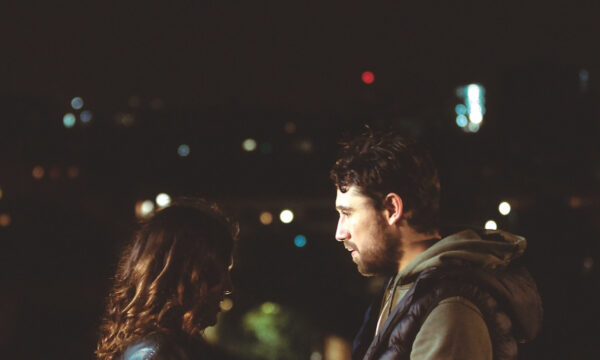
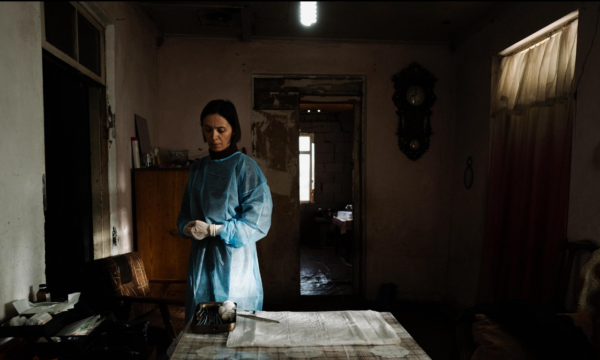














Facebook
Twitter
Instagram
YouTube
RSS